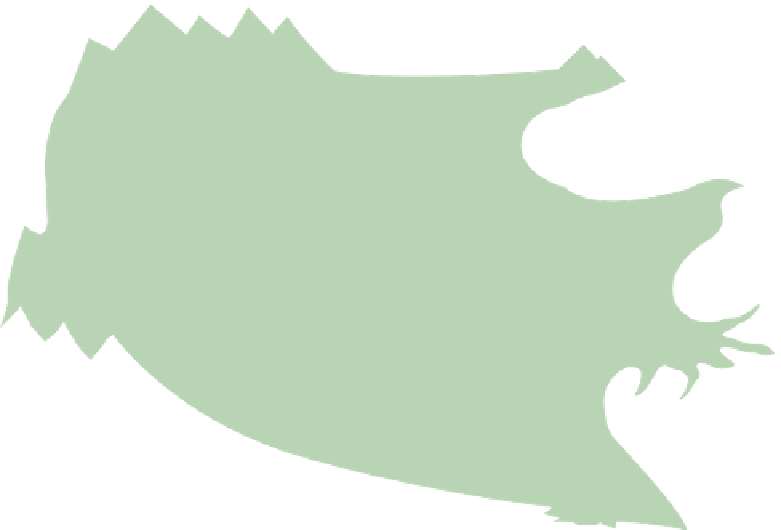Geoscience Reference
In-Depth Information
MOUNTAIN
LANDSYSTEM
DESERT
LANDSYSTEM
GLACIAL
LANDSYSTEM
Ice sheet
Piedmont
fan
Evaporite
basins
Moraines
Talus
cone
Piedmont lobe
Ice shelf
Offshore
bar
Desert dunes
Tidal
lagoon
Sandur
Lake
FLUVIAL
LANDSYSTEM
Flood
plain
Delta
Dune
barrier
Beach
COASTAL
LANDSYSTEM
Coarse, lithic
detritus
Sand
Silt
environments is determined largely by plate tectonics,
which create
sedimentary basins
at specific locations.
They collect the sedimentary signature of volcano-
tectonic, denudation, climatic and biological processes
operating there (
Figure 12.15
).
The principal endogenetic
basins are subduction trench and arc basin systems;
continental, mid-ocean and aulacogen rifts; and passive-
margin shelf and continental subsidence basins. Exoge-
netic processes cut valley floors and fill lake basins on a
smaller scale. Sea-level movement, driven by tectonic
processes or climate change, alters the size of terrestrial
and oceanic basins and influences terrestrial erosion rates.
Sedimentary onlap and offlap sequences may indicate
episodes of marine
transgression
or
regression
respectively
and/or changes in sediment supply.
Particular reference is made here to biogenic and
chemical rocks, which feature less in the review of clastic
sedimentation in later chapters. Living organisms form
biogeomorphological
facies and landforms such as
wetlands, salt marshes and coral reefs, and burrowing
organisms disturb soft sediments (
bioturbation
). Dead
organic matter retains much of its life form as whole
fossils
in shell and bone beds, as partially decomposed
sediments such as the peat qlignite qcoal sequence or
as completely decomposed organic precipitates in
carbonate and bio-silicate rocks.
Dissolved minerals are precipitated in most environ-
ments but especially in the terrestrial warm arid zone, in
tropical tidal zones and in deep oceans. Evaporation leaves
dissolved minerals which recrystallize from shallow lakes,
or fluids surfacing through capillary action to form surface
concretions, and tidal lagoons and mud flats (
sabkhas
and
salinas
). The most common
evaporites
and their total
solids percentage in sea water are
halite
(NaCl, 78 per cent),
potash salts
(K
2
SO
4
, 18 per cent),
gypsum/anhydrite
(CaSO
4
/CaSO
4
.2H
2
O, 3·6 per cent) and
calcite
(CaCO
3
, 0·3
per cent). Fractional recrystallization occurs in the
sequence carbonates qanhydrite/gypsum qhalite q
potash and is common today in tropical epicontinental
seas such as the Persian Gulf, intermontane basins (Great
Salt Lake, Utah, and Salar de Atacama, Chile) and con-
tinental basins (Lake Eyre, Australia). They were extensive
in Permian tropical Pangaea, when the Zechstein Sea and
Delaware basins generated the large evaporite deposits of
modern northern Europe and the south-western United
States. Capillary action due to high evaporation in arid





































































































































































































































































































































































































































































































































